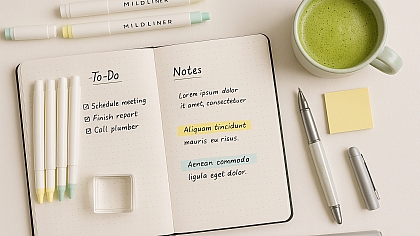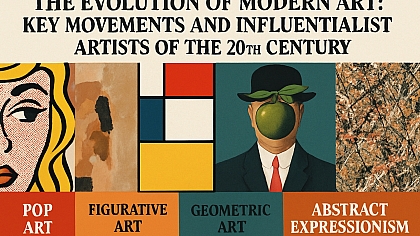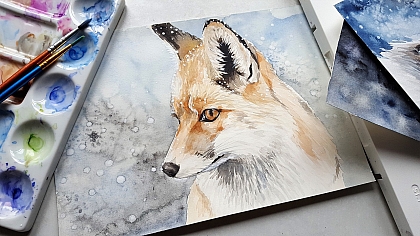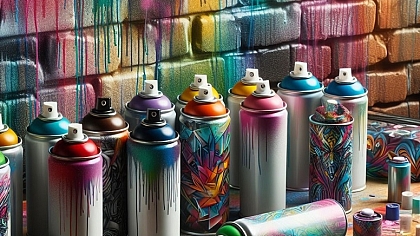
Cities That Made Sidewalk Art Famous
Global Inspirations for Local Repairs
Sidewalks, long taken into consideration in basic terms as purposeful spaces, are a process of innovative renaissance. In cities around the world, what was once a simple stretch of concrete is now turning into a vibrant canvas for public art. From colourful mosaics to interactive works of art underfoot, sidewalk art has transformed how we view — and use — the floor we stroll on.
This article explores the worldwide cities which have made sidewalk artwork well-known and how their innovations are inspiring sparkling methods to local sidewalk restoration and beautification tasks, including the long-lasting New York sidewalk experience.
1. Barcelona, Spain – Where Sidewalks Tell Stories
Few cities combine architecture and road-level artistry like Barcelona. The town’s most famous sidewalk, La Rambla, is home to colourful tile mosaics by legendary artist Joan Miró, whose abstract designs draw thousands and thousands of tourists each 12 months.
Barcelona treats its sidewalks as storytelling structures, weaving way of life into every block with:
- Geometric styles rooted in Catalonian history.
- Artisan-crafted pavers in the Gothic Quarter alleys.
- Interactive street tiles that guide pedestrians through ancient zones.
These initiatives prove that sidewalk artwork isn’t just ornamental — it’s deeply cultural and communicative.
2. New York City, USA – The Unexpected Art Beneath Your Feet
The New York sidewalk is one of the busiest in the world, but the appearance is not as it seems, and you’ll find more than just chewing gum and cracks.
While NYC is known for towering museums and works of art, it’s also domestic to developing efforts in sidewalk-degree public artwork, consisting of:
- Poetry-in-Pavement programs in which literary verses are etched into concrete during maintenance.
- Chalk artwork galas and transient exhibits that remodel borough walkways into dynamic galleries.
- Bronze sidewalk plaques in Manhattan’s Literary Walk and other commemorative pathways.
More currently, artists and communities have endorsed everlasting artwork installations in sidewalk restoration zones, in particular in neighbourhoods present process revitalisation. These initiatives deliver existence to damaged or ageing infrastructure at the same time as additionally inviting pedestrians to interact with the gap more deeply.
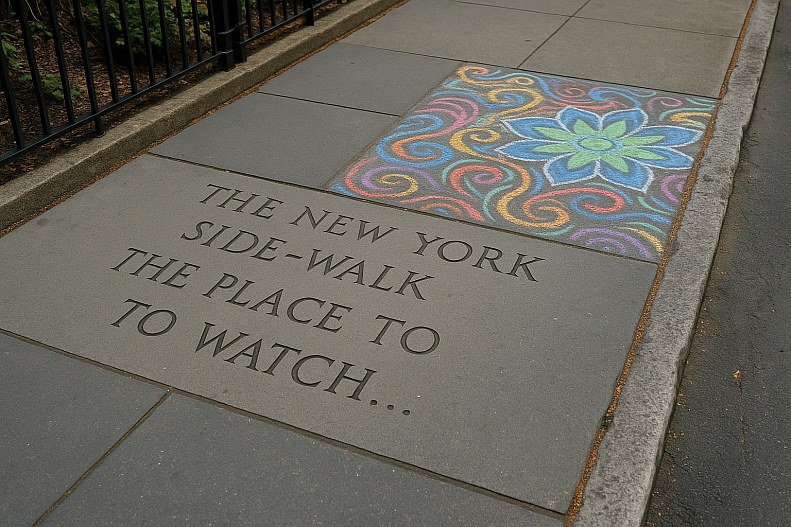
The New York sidewalk is no longer just a course — it’s a medium of self-expression, protest, reminiscence, and artwork.
3. Rome, Italy – Ancient Art Underfoot
Rome, the city of ruins and Renaissance, additionally boasts sidewalks that echo history. In many districts, the sidewalks are composed of black basalt stones, referred to as sanpietrini, organised in inventive, fan-shaped styles.
While much less modern in design, these sidewalks:
- Reflect the craftsmanship of historic stonework.
- Blend design with sturdiness — nonetheless standing after centuries.
- Serve as aesthetic connectors among Rome’s architectural landmarks.
Rome teaches us that sidewalk art can be ancient and undying, rooted in fabric, placement, and repetition.
4. Rio de Janeiro, Brazil – Waves of Urban Art
Perhaps the most iconic sidewalk in the Southern Hemisphere is the Copacabana promenade. Designed by Roberto Burle Marx, the sidewalk functions as a wave-like mosaic of tiles made from black and white stones. This layout has ended up as an emblem of Rio, merging visual rhythm with geographical identity.
Rio’s sidewalk artwork demonstrates:
- How repeating motifs can create movement.
- The energy of landscape architecture in designing public walkways.
- A seamless connection between art, nature, and town existence.
5. Tokyo, Japan – Precision Meets Playfulness
While acknowledged for its glossy, modern-day layout, Tokyo surprises with captivating touches of sidewalk art:
- Manhole covers are painted like miniature works of art, frequently themed through neighbourhood or local folklore.
- Tactile bricks for the visually impaired, cautiously designed but beautiful.
- Occasional use of colourful pavement mosaics close to faculties and community facilities.
Tokyo’s sidewalk design celebrates functionality and whimsy, teaching that even small information — when thoughtfully curated — can decorate urban lifestyles.
Inspiration for Local Repairs: Turning Fixes into Features
As sidewalk repairs grow to be extra frequent in ageing towns, there may be a shift away from sterile, grey patches and towards art-driven recuperation. Global examples display that sidewalk artwork can:
- Elevate each day's routines into aesthetic experiences.
- Make neighbourhoods greater walkable and memorable.
- Reflect cultural identity at the road stage.
- Engage groups in public area ownership.
New York sidewalk tasks, for instance, are increasingly partnering with neighbourhood artists for the duration of preservation projects. By embedding creative factors into sidewalk upkeep — whether or not through colour, poetry, styles, or remedy sculpture — towns now not handiest restore infrastructure, they rework it.
Every Step is a Stroke of Art
Sidewalks are not simply structural necessities — they’re expressions of city soul. From Barcelona’s mosaics to the New York sidewalk tributes, public walkways are fast turning into open-air galleries that honour history, have a good time creativity, and inspire beauty underfoot.
Whether you’re a town planner, artist, or pedestrian, it’s time to look down — no longer to keep away from a crack, but to appreciate the artwork at your toes.
